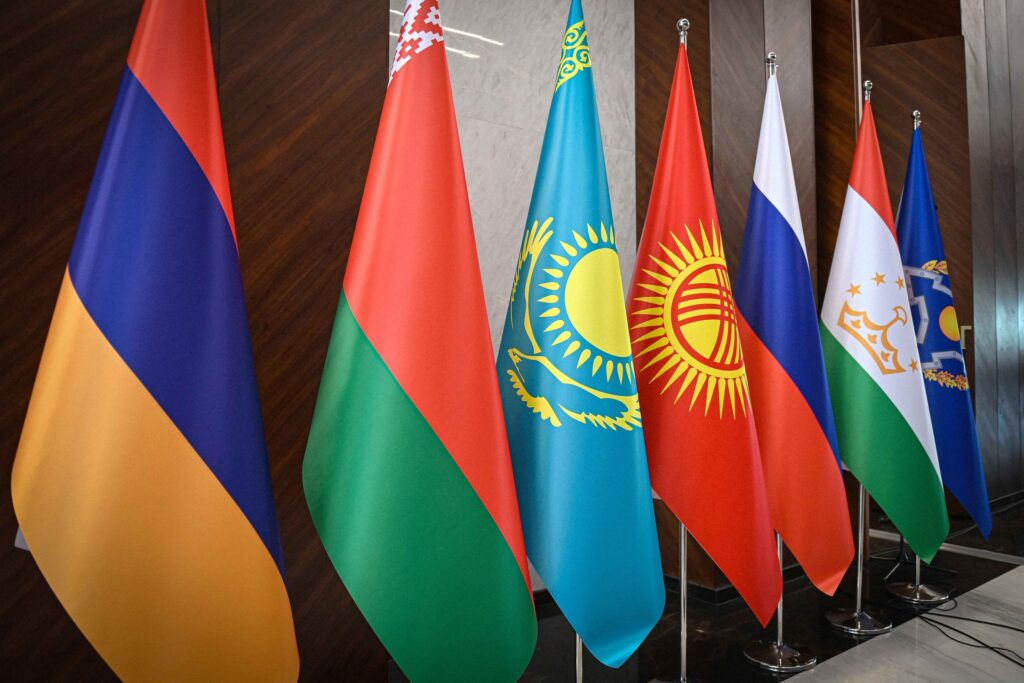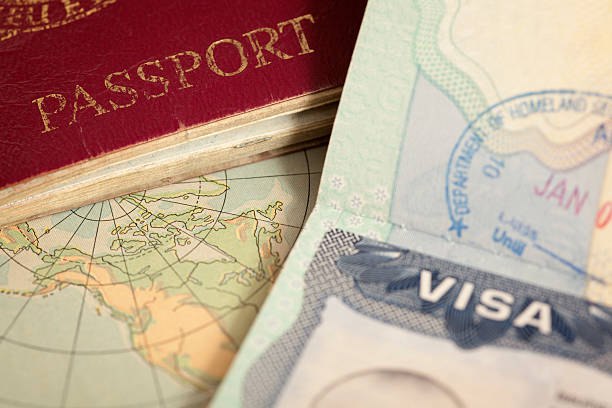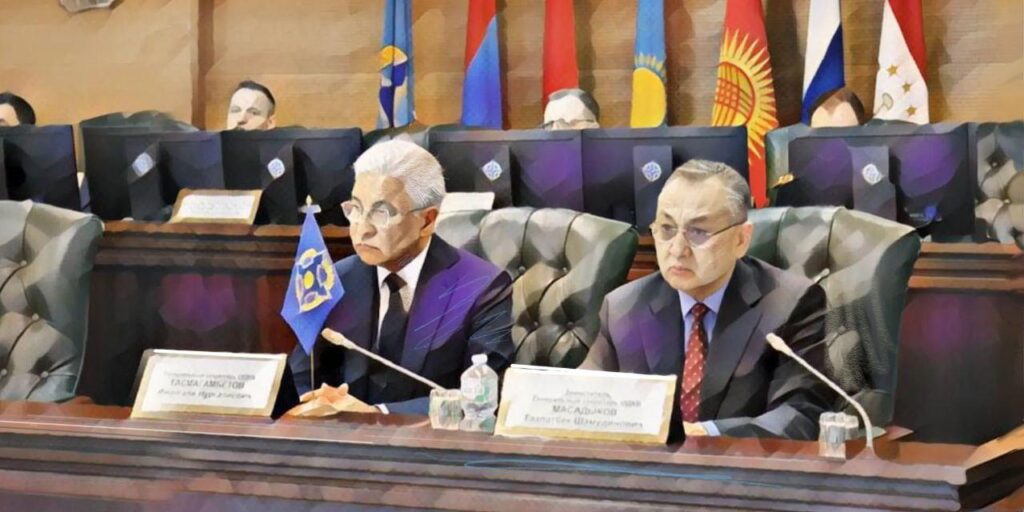The session of the CSTO Collective Security Council on November 27 in Bishkek underscored a key reality: the bloc, once envisioned as the “Eurasian response to NATO,” now consists of just five active members. Armenia pointedly boycotted the summit, a gesture that spoke volumes about the alliance’s internal fractures. While the presidents of Kyrgyzstan, Russia, Belarus, Kazakhstan, and Tajikistan discussed “multipolarity” and “security,” Kyrgyz authorities erected a massive LED screen near the presidential residence, conveniently blocking the Ukrainian flag atop the Ukrainian embassy. Officials claimed the move was a “protocol requirement.” Moscow used the summit as a platform to outline its long-term strategic goals for the region, seizing the moment amid Armenia’s absence, growing debate over the CSTO’s purpose, and rising competition from other international security alliances in Eurasia. Yerevan’s decision to skip the gathering is a warning sign for fellow CSTO members. Armenia, having faced a real security crisis, evidently no longer views the alliance as a reliable guarantor. This casts doubt on the CSTO’s ability to adapt to a rapidly evolving regional security landscape, where flexibility, responsiveness, and tangible conflict support are increasingly in demand. In his report, CSTO Secretary General Imangali Tasmagambetov emphasized the bloc’s institutional development over the past three years, expanding collective forces, developing cyber capabilities, and establishing new international roadmaps. He also announced the creation of an Information and Analytical Department, signaling an effort to emulate more sophisticated military-political structures. Yet much of his address echoed the standard talking points delivered at previous summits. Tasmagambetov did address Armenia's absence, stating, “The CSTO respects Yerevan’s sovereign right.” Rather than defusing the issue, this acknowledgment only served to highlight the political rupture. Despite the tensions, CSTO leaders signed a broad set of documents, including a collective security strategy, an anti-drug initiative, and new military cooperation plans, reportedly one of the most comprehensive packages in recent years. Nonetheless, the summit’s spotlight belonged to Vladimir Putin and Alexander Lukashenko. The other leaders appeared relegated to the sidelines, affirming declarations to preserve a fragile collective consensus. Putin’s visit to Bishkek spanned two days, during which his pronouncements effectively became the summit’s agenda. He reiterated that the CSTO is a “guarantor of stability” and proposed equipping the bloc’s collective forces with Russian weapons “proven in combat conditions”, a clear reference to the war in Ukraine, though left deliberately vague. With Russia set to assume the CSTO chairmanship in 2026, the Kremlin appears to be steering the alliance toward deeper military-technical integration. Promoting its weapons to member states not only boosts Russia’s arms industry but also increases CSTO members’ reliance on Russian technologies and command systems. Some analysts suggest Moscow’s chairmanship priorities, from cybersecurity to aerospace defense, reflect an effort to position the CSTO as a counterweight to rival military-political blocs. President Lukashenko of Belarus added a European security dimension to the talks, citing NATO’s growing defense budgets and the military buildup in Poland, Germany, and the Baltic states as justification for reinforcing the CSTO. For Kazakhstan, Kyrgyzstan, and Tajikistan, the...






